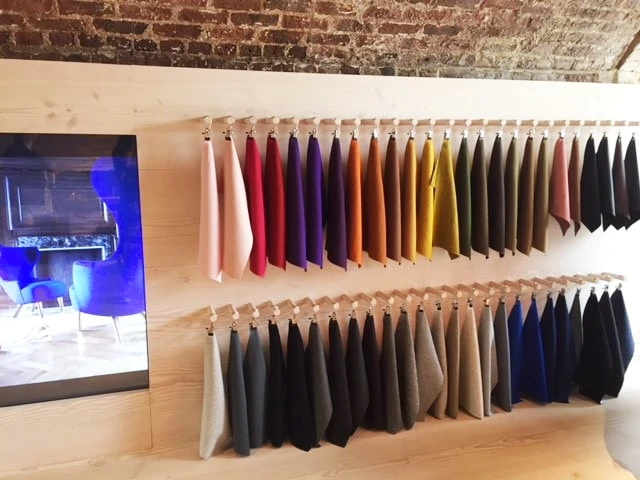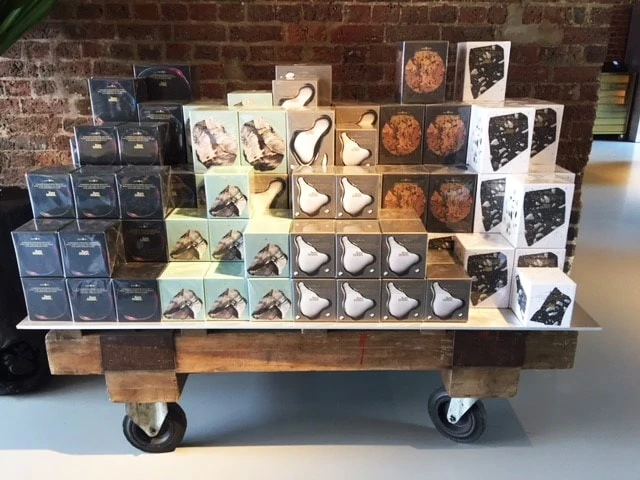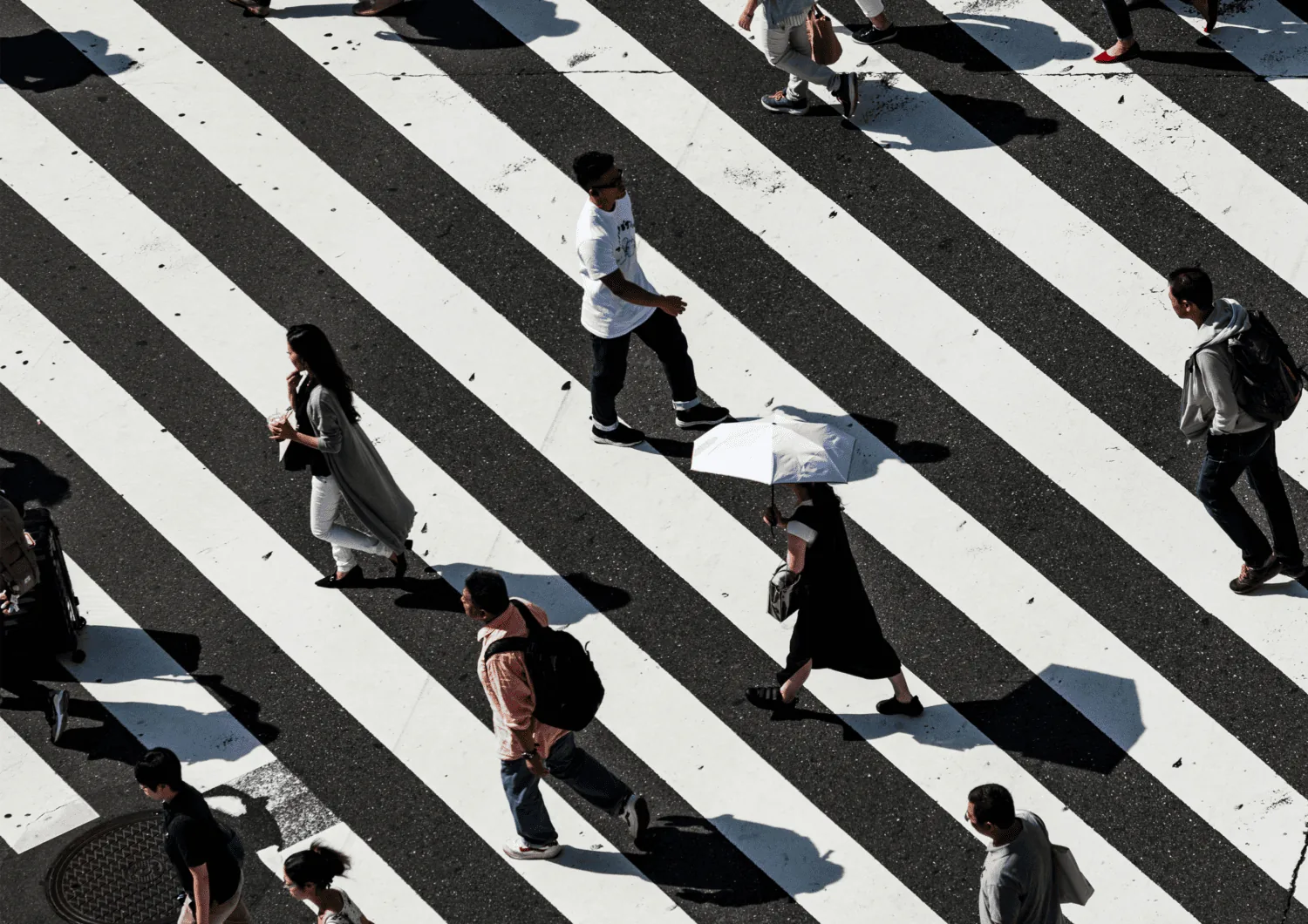On The Road _
Tom Dixon Flagship
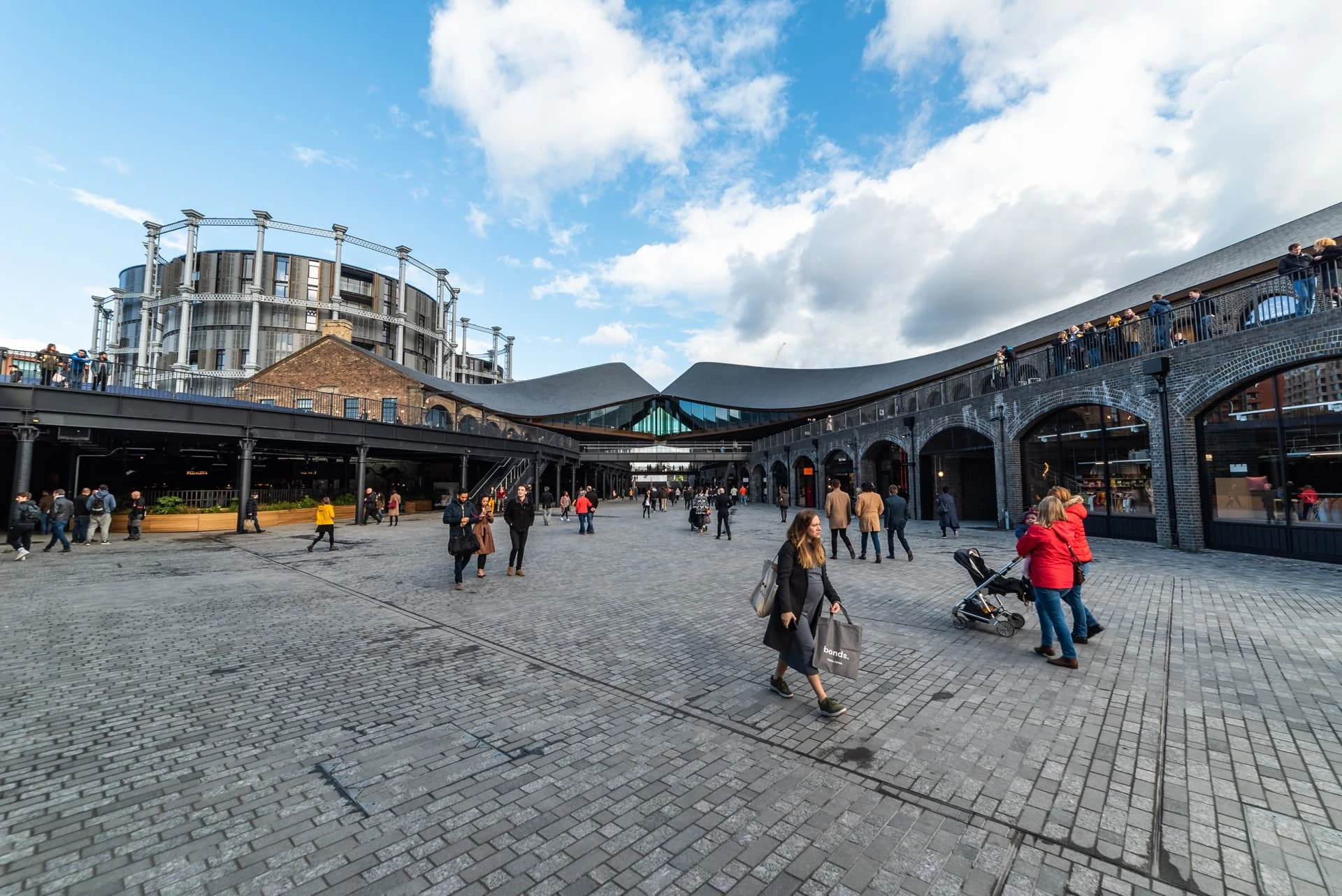
Tom Dixon lands at London's most exciting shopping destination and we make our way there.
Claimed to be the capital’s most exciting shopping destination celebrating an edited selection of retailers, we had no doubt that TSE would be amongst a plethora of exciting brands. Shortly before TSE’s grand opening, Tom Dixon opened their flagship store as part of the CDY reinvention and we headed there right away. Like many brands at Coal Drops, the Tom Dixon flagship is much more than a ‘store’ and strives to offer multiple touchpoints across the beautiful space.
Strolling throughout the store, we noted our thoughts and will explain a little more about our experience within the many facets of the Tom Dixon flagship.
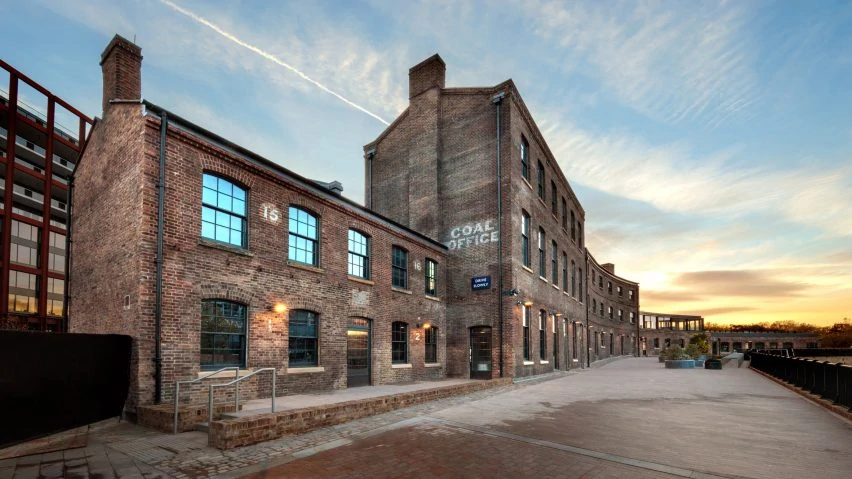

The Coal Office
Our first touchpoint as we headed towards the flagship was The Coal Office, a gorgeous Victorian building spread across 1,625 sqmeters, situated alongside the Regents Canal. As the name suggest this is where all the offices are based, along with a gallery, restaurant and cafe.
The flagship store, showroom and factory are located beneath in seven stunning railway arches.
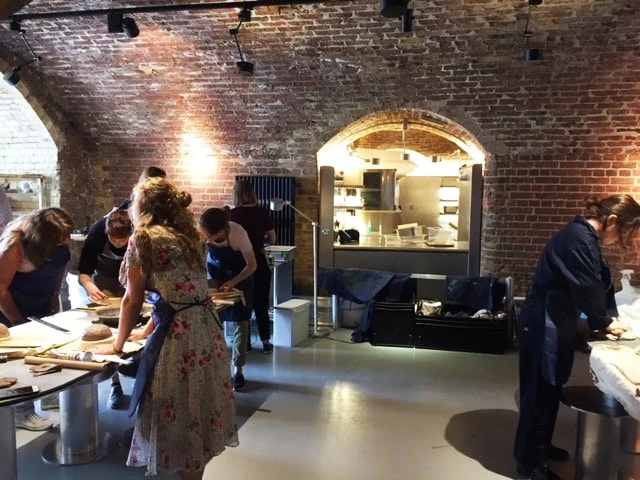
The Factory
The entrance to the shop, located in the first railway arch is an open workshop called The Factory. The space serves as a pre-production small batch manufacturing workshop where ideas and prototypes can be created and tested.
Encouraging experimentation and consumer interaction, The Factory offers a range of workshops for all abilities. We got to see the MUD, Tom Dixons Ceramics Factory session, where people could make a selection of ceramics of their choice. However, regardless of design, the creator must make two, allowing Tom Dixon to keep one of the designs for themselves; with the chance for the creation to be used in the café or restaurant upstairs.
Events such as these were free to attend, so of course sold out when we visited in September!

The Coal Shop
With the railway arches dating back to the 1950’s – and the entire CDY location a mark of Victorian architecture, Tom Dixon’s flagship is respectful to heritage whilst creating a modern aesthetic akin to the brand. “The infrastructure was in place when we got the building, but it had been lying fallow for a couple of years. We’re finishing it and making it make sense” Tom Dixon.
The exposed brick and piping create an atmospheric backdrop, with each archway creating zones for the retail space, easily separating each collection.
With a natural flow throughout the space, we moved from the factory into the Gift Shop. With a range of interior accessories, from glassware to candles, the browsing opportunities are endless.

Moving onto the Haberdashery section, the most expansive section in the store. A range of small displays highlights the blending of products, inspiring consumers with some creative interior options. The wall dedicated to materials is eloquently displayed, encouraging consumers to touch and move around with the fabrics, whilst the digital screen highlighted related content.
The lighting studio is exceptionally visually impactful. Throughout the entire store, lighting is a pivotal element, creating statements within each zone. However, the dedicated lighting studio provides a cluster of products, with pockets of information for each product.
Lastly the Perfumery, stocks a range of scented products including candles, diffusers, hand cream, hand wash, even washing up liquid – admittedly not your usual product within a perfumery. With a working sink central to the arch you are encouraged to experiment and play with different scents.

Our Perspective
The brands have a great deal to compete with when it comes to the stunning Victorian architecture, but the Tom Dixon interior did not disappoint. The store is a beautiful exploration of modern products amongst the Victorian architecture and we were very much inclined to get involved with the experiential aspects of it.

